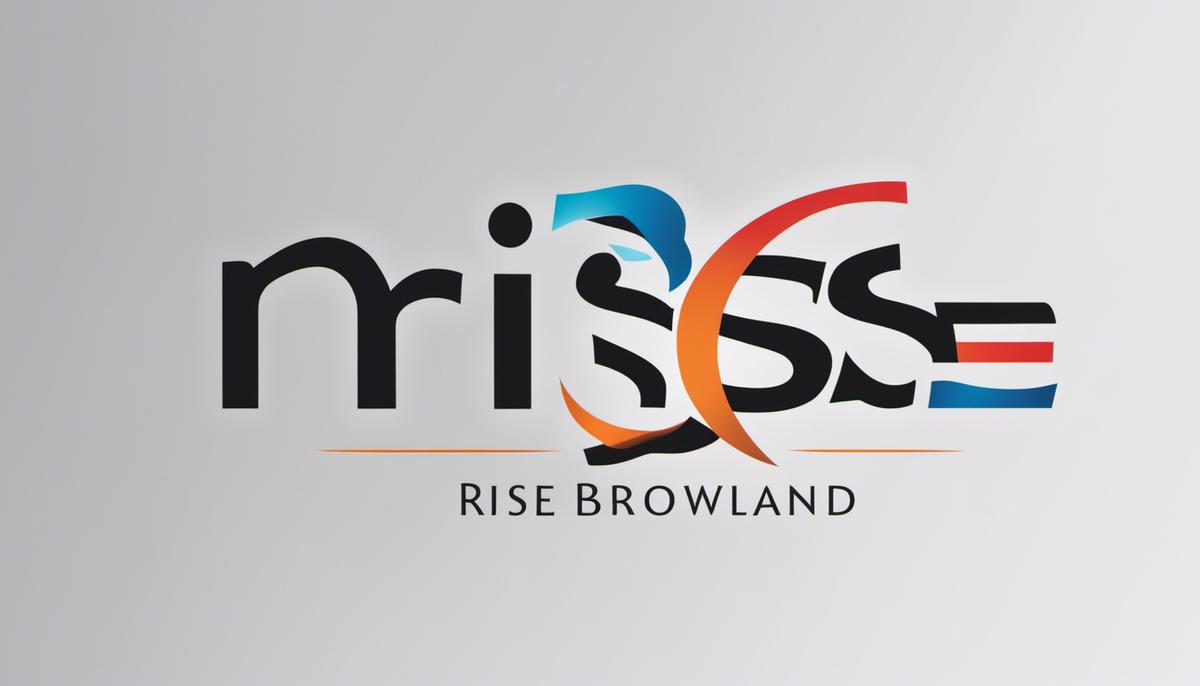Reliable internet connection is no longer a luxury; it’s a necessity, and this is just as true in rural America as it is in the bustling cities. The challenge, of course, lies in finding internet service providers that can deliver consistent, high-quality services to these less populated and often harder-to-reach areas. From satellite solutions provided by Viasat and HughesNet, to the fixed wireless approach of Rise Broadband and the DSL services from Frontier, residents in rural parts of the country have multiple providers vying for their business. This exploration navigates the offerings, effectiveness, and affordability of these four providers, providing an insight into how they seek to solve the rural connectivity conundrum.
Table of Contents
Exploring the Reach of Viasat
As tech enthusiasts who anticipate the ever-evolving advancements within the digital infrastructure realm, we find the concept of Viasat intriguing. Is it really helping resolve the longstanding conundrum of providing high speed internet in rural areas? Today, we delve into this mystery to evaluate the efficiency of Viasat in bridging digital divide through rural internet services.
The Rise of Satellite Based Communication:
Viasat, a global communications company, operates on satellite internet services. Intriguingly, satellites take the conversation hundreds of miles up into the space, a concept that provides a seamless connection in the remotest corners of Earth, previously unreachable through traditional broadband or DSL services. The genius alternative to grounded lines, the space-based path, has been a game changer in offering wider coverage.
Impressive Speeds despite Location Hinderances:
Viasat indeed offers a decent range of plans accommodating various internet speed needs. From the basic level user to a high-demand binge watcher, Viasat’s speed of up to 100 Mbps guarantees smooth and efficient surfing, streaming, and gaming.
Cost vs Benefit Analysis:
Many tech enthusiasts are critical about Viasat’s pricing model, labeling it rather steep. However, when you factor in the costs of delivering internet via satellite and the under-served market Viasat is targeting, the price takes on a new perspective. It truly offers value consistent with pricing in comparison to its limited, often outdated, rural competition.
The Data Threshold Angle:
Viasat’s satellite services operate based on data thresholds, meaning your internet speeds can decelerate once a certain limit has been reached. Herein lies a caveat, while slow internet is better than no internet, this limitation could be a deal-breaker for heavy data users or large households.
Continued Innovation:
Despite its shortcomings, Viasat shows promise in keeping in stride with new technology trends. With recently launched and upcoming satellites that are believed to be more powerful and capable of transmitting higher speeds, rural internet customers could be witnessing the dawn of a rural internet revolution.
To sum up, Viasat’s function as a provider of rural internet services is honestly quite commendable. The use of satellite has not only unveiled a wide-ranging service domain but also brought forward an efficient alternative to traditional terrestrial means. Though it’s not a one-size-fits-all solution, Viasat offers valuable options for locations that have been too long stuck in the digital shadows. It exemplifies the credible power of technology to solve problems in unexpected ways. As the notions of internet access evolve, the day might not be far when rural or urban distinctions will have no bearing on the quality or availability of internet service.

The Efficiency of HughesNet
An undeniable player in the arena of rural internet connectivity solutions is HughesNet. Despite rural locations not being on the receiving end of the high-speed internet many of us may take for granted, companies like HughesNet are doing their best to lessen this digital disparity.
Pioneering the concept of satellite-based internet access, HughesNet has made a definite mark in rural connectivity. Their internet packages deliver broadband-level speeds suitable for a wide variety of applications ranging from regular browsing and email communication to more intensive tasks like streaming and gaming. This robustness of HughesNet’s services can bring a welcome change to rural areas where internet access was once a challenge.
While HughesNet is lauded for their high speed internet offerings, the real jewel in its crown is its stability. Internet services often fluctuate due to various conditions, especially in rural settings. HughesNet, however, optimizes and maintains a consistent delivery, facilitating long-term solution for rural internet users.
Their pricing structure, though a tad higher than the average ISP, dovetails with the services offered. Additional perks like free extra data during off-peak hours and built-in Wi-Fi in all plans balance out the premium pricing. With the absence of hard data limits, quality and connectivity aren’t compromised even when the data cap is exceeded. This is a definite win for rural users who have limited options.
As for innovation, HughesNet is not a step behind. They employ the latest satellite technology, showcasing a constant drive to improve the internet experience for their customers. Using high-frequency Ka-band rather than the conventional Ku-band, their services deliver more capacity and better performance levels.
In conclusion, as technology evolves, so do the needs of the rural population. While Viasat has indeed been remarkable in its services, HughesNet answers the call for reliable and consistent rural internet connection. The track record shows HughesNet to be not just a provider, but an innovator and forerunner in the challenging arena of rural internet connectivity. Certainly a resounding ‘yes’ for the question – “Is HughesNet a Reliable Rural Internet Provider?”

The Rise of Rise Broadband
Shifting focus then to Rise Broadband, here’s what makes them shine amid a field of rural internet providers:
Focused Broadband Coverage: Unlike some providers that spread their resources thin to offer both satellite and mobile-based services, Rise Broadband concentrates exclusively on wireless broadband. This narrow focus has resulted in their mastery of providing high-speed internet connectivity to rural areas. Committed to empowering these underserved regions, they’re already serving over 16 states across the U.S.
Flexible Plans: Adhering to the one-cap-fits-all plan doesn’t cut it with tech-savvy customers. Rise Broadband understands this and as such, offers a range of internet packages with varying speeds and data caps. Customers can select a plan that aligns with their internet needs without having to pay for unnecessary services.
Business-Ready Solutions: Beyond personal use, Rise Broadband boasts robust packages catering to businesses in rural areas. These packages include static IP addresses and increased upload speeds, ensuring businesses can compete in a digitally competitive landscape, regardless of their location.
No Data Caps: Overstepping data limits can be frustrating, not to mention, costly. Things take a pleasant turn in this regard with Rise Broadband’s premium plans which come with no data caps. This allows for seamless, uninterrupted surfing, streaming, and gaming experiences, irrespective of data consumption.
Equipment Rent vs Buy Option: To keep the service affordable, Rise Broadband offers the option to rent modems and routers. However, should consumers prefer, they also have the option to purchase said equipment. This fosters an element of flexibility and avoids the need for consumers to make hefty upfront payments.
Digital Phone Service: Triumphing over several other rural providers, Rise Broadband also offers an optional digital phone service. Compatible with standard telephones, this service boasts unlimited local and long-distance calling throughout the U.S. and Canada, bringing an extra convenience to rural internet users.
Local Customer Support: A boon offered by Rise Broadband, seldom seen in other rural internet services, is their local customer support. This results in personalized, hands-on, and efficient assistance— a facet essential in staying connected in less-developed areas.
In conclusion, Rise Broadband rises above and beyond the competition by comprehensively catering to the needs of rural internet users, implementing focused broadband services, customer-oriented plans and robust support services that bridge the digital gap for many.

The Underrated Frontier DSL
As the landscape of rural internet connectivity continues to diversify, one contender that continues to draw attention to itself is Frontier DSL. Standing as a reliable and affordable option for rural internet users, Frontier DSL strides into the scene with tempting benefits. Unlike satellite internet providers, which are susceptible to issues such as lagging and weather interference, DSL-based services such as Frontier’s offer a much steadier connection.
Crucially, Frontier DSL provides internet services in areas where options may be slim pickings. By using existing telephone lines, Frontier can deliver internet connectivity to areas that would otherwise be difficult to serve via cable or fiber-optic connections.
Frontier’s DSL packages offer different plans, catering to the varying needs of users. From light web browsing to heavy video streaming, Frontier ensures its DSL packages cover a wide spectrum of demands. Its plans are not bogged down by the data thresholds that can limit the usage of satellite services, ideally fitting into the lifestyle of modern rural customers. One huge plus in Frontier’s favor is its business-ready solutions – a boon for burgeoning rural enterprises that are seeking reliable internet services to fuel their businesses.
Another delightful aspect of Frontier DSL that sets it apart is its flexibility when it comes to equipment. The company allows users to rent or even purchase modems and routers, thereby giving users the control and convenience they seek.
Frontier doesn’t just stop at delivering the internet. It also offers a digital phone service with unlimited calling as an optional service – an added plus that might just tip the scales in its favor for potential subscribers.
Lastly, tech enthusiasts would appreciate Frontier’s commitment to customer service, which is focused on rendering personalized assistance to its clients. Should there be any concern regarding the internet, Frontier’s local customer support, also available 24/7, is something to lean into for real-time assistance and troubleshooting.
Frontier stands as an alternate choice for rural internet, away from the clutter of satellite options. Its DSL approach, flexibility in equipment handling, business-ready solutions, and add-on services, all topped off by a dedicated customer support, make it a compelling choice to consider for rural internet connectivity. While its coverage may not be as expansive as satellite-based services, for those within its service area, Frontier is undeniably a choice worth considering.
However, as with any service, it is critical to do one’s homework and compare different providers before making a leap. Don’t shy away from reading user reviews and conducting speed tests. Remember, choosing a suitable internet provider is as vital a choice as any for those in rural communities.
Ultimately, Frontier DSL presents itself as a viable and strong competitor in the world of rural internet services. Its emphasis on affordability without compromising connection quality and support offers rural consumers much-needed choice and enables them to navigate the digital world with confidence.

A steady, reliable internet connection is more than just a service; for many people, particularly in rural communities, it’s a bridge to a world of opportunities. Understanding what Viasat, HughesNet, Rise Broadband, and Frontier DSL bring to the table is crucial for rural residents looking for the best fit for their communication and connection needs. A provider’s speed, network coverage, and pricing factor into the equation as major considerations. Digging into the peculiarities of these providers should equip rural internet consumers with the knowledge to make informed decisions, thus ensuring their internet needs get the attention and solution they deserve.

Matt Smith is a seasoned journalist and author whose expertise spans across the dynamic realms of Politics, Gadgets, Gaming, and a plethora of general interest topics. With a Master’s in Political science and tech pedigree shaped in Silicon Valley, Matt brings a wealth of knowledge and a critical eye to everything he writes.
Politics: Matt offers sharp political commentary, drawing from his experience as a political analyst and his academic rigor.
Gadgets: His tech insights are grounded in real-world experience, having been on the front lines of innovation with a degree from Caltech.
Gaming: A respected voice in gaming, Matt’s reviews and trend analyses are a testament to his deep involvement in the gaming community.
General Topics: From science to culture, Matt’s writing spans a broad spectrum, engaging readers with a blend of expertise and relatable prose.
Engage with Matt’s compelling content for a fresh perspective on the issues at the forefront of today’s discourse.

